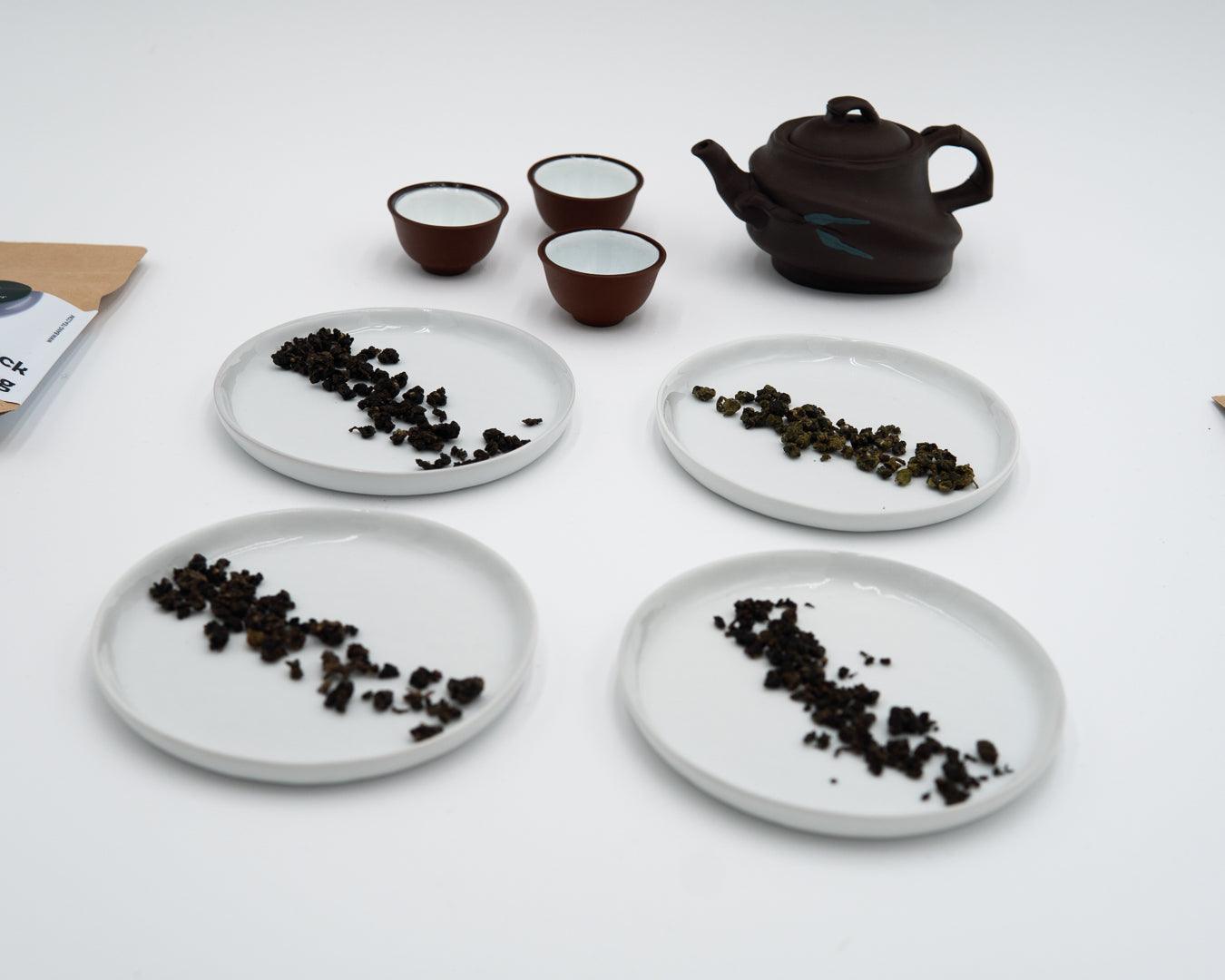How to work with unspun or woolen spun yarn.
The recommended yarns for quite a few of my winter weather patterns are unspun and woolen yarns.
If you've heard of these yarns before, you probably have heard that they are delicate and prone to breaking, but there are advantages too. Woolen and unspun yarns have less ‘organized’ fiber that go in all directions within the strand, and are loftier and airier as a result.
Why choose unspun or woolen spun?
Unspun yarn is wonderful for insulation and creates very warm, very light garments. They have moderate (woolen) to very little (unspun) twist holding them together once the fabric is knit, which means that they hold a ton of air and create a lot of warmth.
They're also excellent for oversized garments, such as drop shoulder pullovers or dresses, because they will total to less weight over the course of the garment and drag down on the oversized garment less.
How to prep your unspun and woolen yarn for use
Unspun yarn always comes in a format called plates, while woolen yarn can come anywhere from skein to ball to cake form.
I always ball up my unspun yarn in the number of strands that I intend to knit with. For woolen, I find they'll tolerate being wound into center-draw cakes or balls. Either will work.
Some unspun yarns, like Manchelopi by Wooldreamers, come double stranded already, but I still prefer to ball them up. Other unspun yarns come in single strands, such as Plotulopi or Nutiden.
If you ball up your yarn in single, double, or even triple strand for whatever format you intend to work it in, when you pull on the yarn, it'll reduce the wear on the pull point and reduce breakage. This is because when there's too much force pulling on the ball of yarn, it'll roll inside your container rather than have a hard stop point in the working yarn coming from the plate.
Selecting finishes to match your yarn
When matching yarn to pattern for unspun and woolen spun yarns, consider what finishes are desired. The challenges of working with these yarns means that some special techniques are needed to complete some finishing elements.
When joining new yarn, I recommend using the spit felt join. These yarns are the perfect candidate for this invisible join. Bonus: no ends to weave in.
When sewing with this yarn, either to work an alternative bind-off (such as in pattern or in knit rather than tubular).
To weave in ends, twist the end of the yarn while it’s on the tapestry needle before sewing.
The twisting action adds twist and ‘spins’ the yarn, adding strength for the seaming or-bind off. My patterns that require something like a sewn bind off or any seaming are written bottom up, so that the areas that would require sewn bind off methods are in smaller areas, such as the neckline or the cuff.
Typically, I write instructions for weaving in ends after wet blocking. Due to the fragile nature of these yarns, I have recommended that they are woven in before wet blocking in all my patterns using this type of yarn.
What to do when the yarn breaks
If the yarn breaks at any point, spit felt the ends together and continue, same as when you're joining new yarn. That's it!
See unspun yarn in action
For a full run down of how I work with these yarns, check out the YouTube video I've made:




1 comment
Hi, Aimee,
I viewed your tutorial on YouTube about knitting with un-spun wool. I bought three plates while in Iceland and am interested in finding a good beginner pattern. Would you suggest something?
Thanks,
Pam
Pam Woodson
Leave a comment
This site is protected by reCAPTCHA and the Google Privacy Policy and Terms of Service apply.